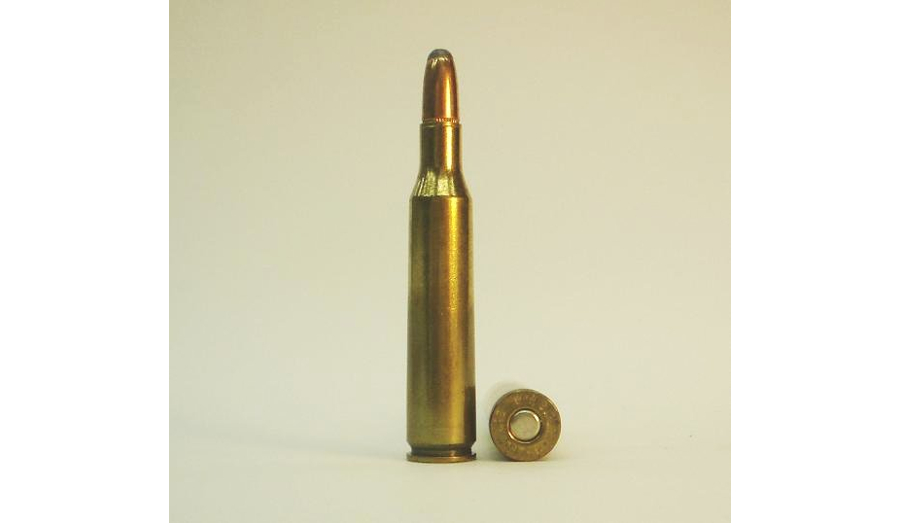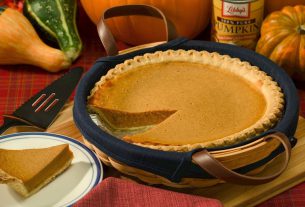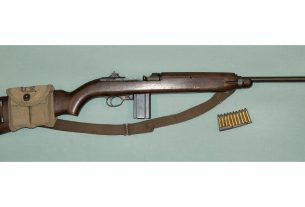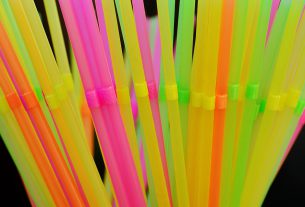History is full of cartridges that were popular once upon a time but that gradually faded away into obscurity. Often they’re perfectly capable cartridges, they were just overshadowed by something newer and better. One such cartridge that faded away even though it was quite capable was the .257 Roberts. Originally developed in the 1920s as a wildcat cartridge by Ned Roberts, the cartridge was eventually standardized by Remington in the 1930s.
The .257 Roberts is based on the 7mm Mauser cartridge case necked down to .25-caliber. The 7mm Mauser cartridge was a popular one on which to base wildcats at the time, no doubt due to the popularity of the cartridge after Spanish Mauser rifles seized during the Spanish-American War were sold on the US surplus market.
The .257 Roberts duplicated and even slightly exceeded the performance of the .250-3000 Savage, at the time one of the fastest commercial rifle cartridges in existence. The .257 Roberts is capable of launching 75-grain bullets at close to 3,600 feet per second, 100-grain bullets at 3,200 feet per second, and 120-grain bullets at 2,800 feet per second. Muzzle energy is generally around 2,100 to 2,200 foot-pounds. That performance makes the .257 Roberts a good choice for varmint hunting with lighter bullets, and a good choice for deer hunting with heavier bullets.
The popularity of the .257 Roberts faded along with the popularity of most quarter-bore (.25 caliber) cartridges over the 20th century. Cartridges such as the .25-35 Winchester, .25 Remington, .25-06 Remington, and .250-3000 Savage gradually fell by the wayside, particularly with the introduction of 6mm cartridges such as the .243 Winchester.
The 6mm cartridges offer a slightly larger range of bullet weights, from 55 to 115 grains, with the 6mm bullets offering better ballistic performance than .25-caliber bullets of similar weight. The slight larger 6.5mm bullets (.264” vs. .257”) similarly offer better ballistic performance, as well as heaver 140-grain and 160-grain bullets, which made them popular for hunting larger game such as bear, moose, and even elephants (with the proper shot placement). The .257 Roberts, as most other .25-caliber cartridges, was just stuck in the middle, offering good all-around performance but nothing better than the 6mm and 6.5mm cartridges could offer.
You’ll still occasionally find older bolt-action rifles chambered in .257 Roberts. Because the cartridge is no longer terribly popular, prices on those rifles are generally quite reasonable. As with many rifle cartridges today, commercial ammunition is pricey, starting at over $1.30 per round. So if you choose the .257 Roberts, handloading is well worth the time and effort. If you have a .257 Roberts rifle, it’s certainly going to stand you in good stead in a survival situation, but if you’re picking a new rifle you might want to go with something that has more commonly available ammunition and components.
This article was originally posted on Red Tea News.





